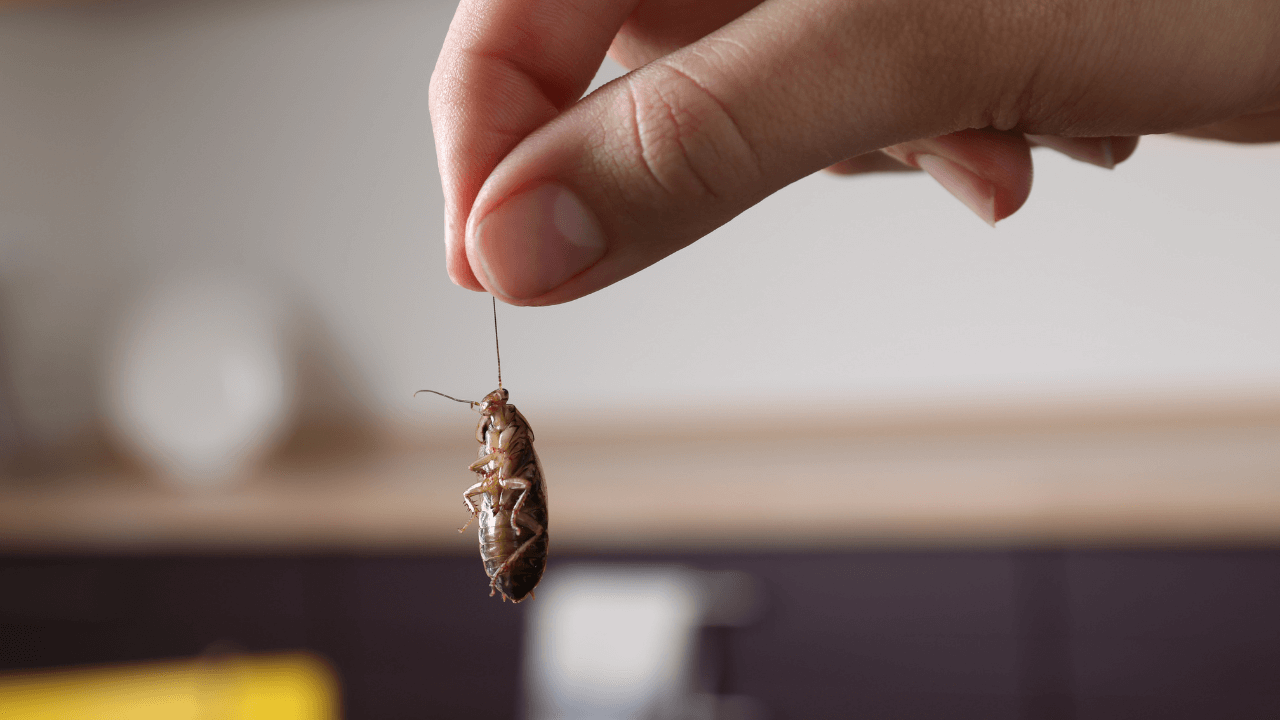
Pest Control 101: Getting Pests Under Control
Last updated on December 14th, 2023 at 11:24 am
In the quest for a clean and healthy living environment, pests can be a significant obstacle. Unwanted pests such as termites, rodents, and insects create discomfort and pose serious health risks to you and your loved ones. At Environet Pest Control, we understand the importance of maintaining a pest-free home, and we’re here to provide you with the ultimate solution for every pest problem.
What is a pest?
A pest is an organism, usually an animal or plant, that is considered detrimental, invasive, or harmful to human health, interest, or the environment. Pests can cause damage to crops, property, structures, and natural ecosystems, and they often compete with humans for resources such as food and shelter.
In the context of pest control, these organisms are unwanted and require management or elimination to prevent negative impacts on human health, safety, and well-being. Pests can range from insects like cockroaches and mosquitoes to rodents like rats and mice, as well as other animals and plants that disrupt the balance of the environment or cause harm to human activities.
What are the known common urban pests?
Common urban pests are those species that thrive in human-populated areas and can cause disruptions to daily life. These pests have adapted to urban environments and often find abundant food, water, and shelter sources. Here are some of the well-known common urban pests:
Cockroaches
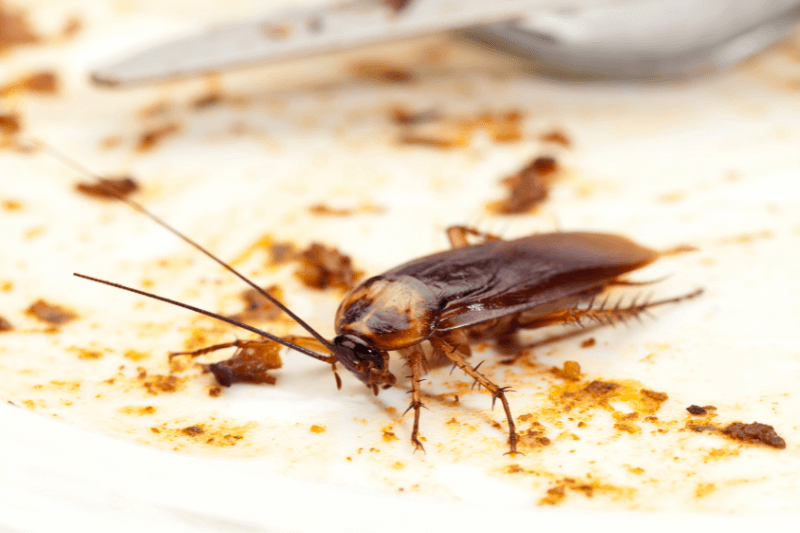
Cockroaches are resilient pests that can carry diseases and trigger allergies. They can infest kitchens, bathrooms, and other areas where food and moisture are present. Try to prevent them from invading your property!
Rats and Mice
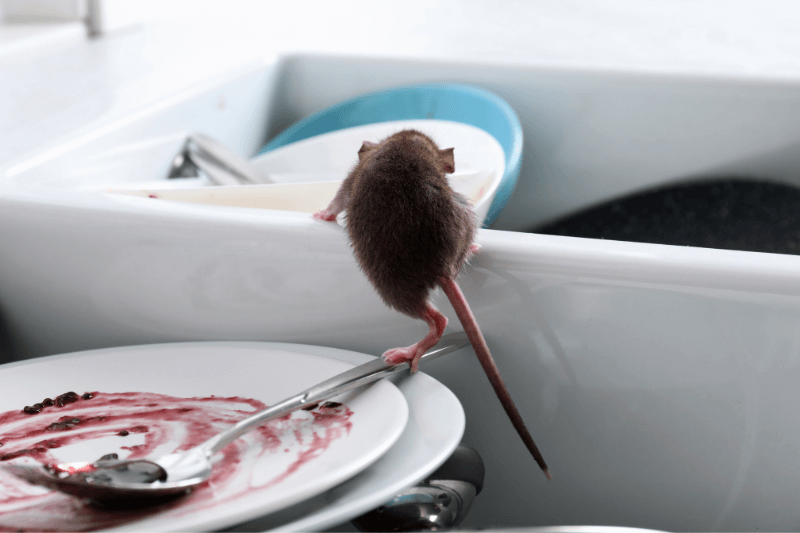
These rodents can transmit diseases, cause structural damage by gnawing on materials, and contaminate food and surfaces. They can be found in various indoor and outdoor locations.
Mosquitoes
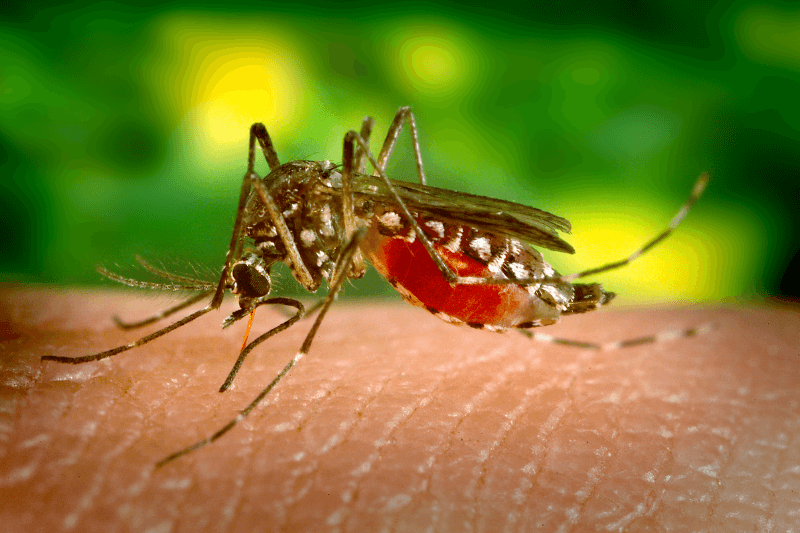
Mosquitoes are carriers of diseases such as dengue, Zika, and malaria. They breed in stagnant water and can be a significant nuisance during warmer months. Be mindful of their possible breeding sites and know how to prevent them from entering your homes.
Ants
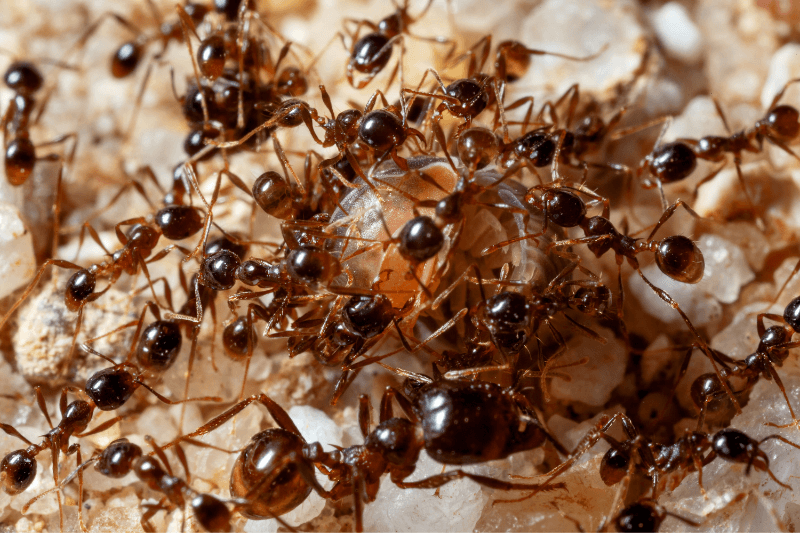
Ants are attracted to food sources and can quickly invade homes and businesses. While they might not carry diseases, they can contaminate food and cause annoyance. They may be hard to control as a colony, but there are still natural ways to get rid of ants.
Bed Bugs
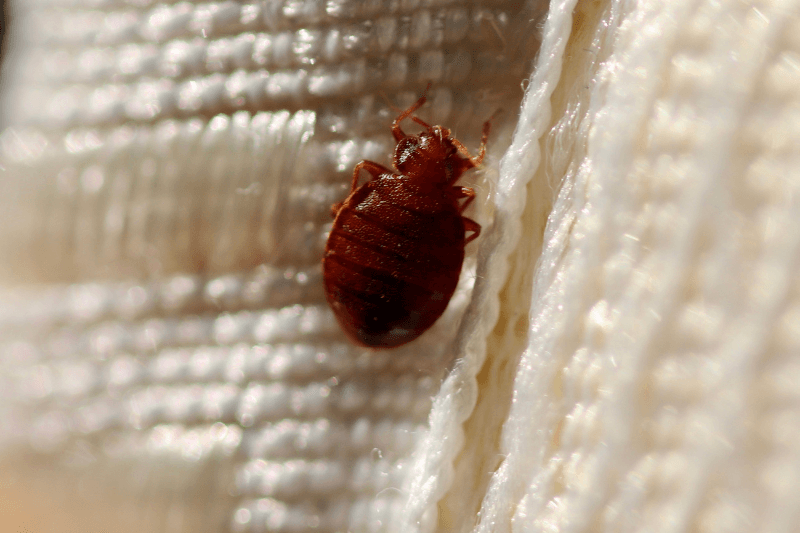
Bed bugs feed on human blood and are notoriously difficult to eliminate once they infest a space. They can cause itchy bites and anxiety.
Flies

Flies are not only bothersome but can also spread diseases as they land on various surfaces. They are often found in areas with decaying organic matter.
Termites

Termites feed on wood and can cause extensive damage to structures if left unchecked. They are often difficult to detect until the damage becomes significant, but you can still protect your home from termite damage.
Spiders
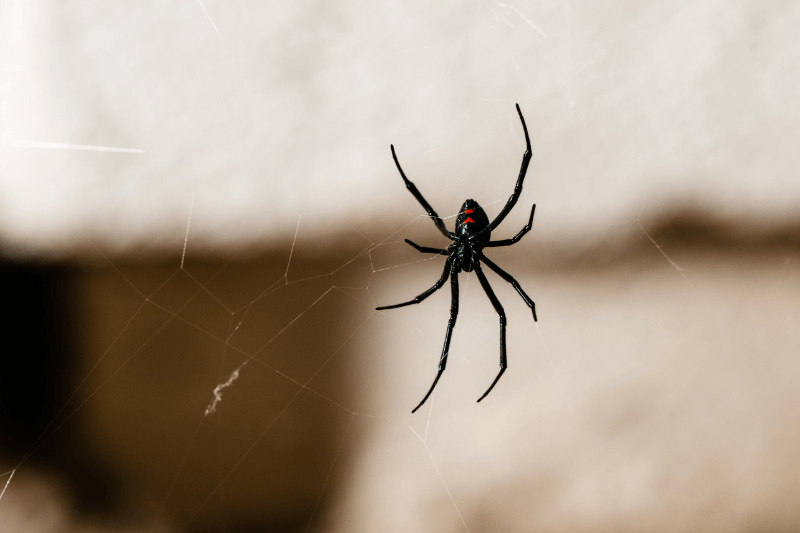
While many spiders are harmless and even beneficial by controlling other pests, some species can be venomous and pose risks to human health.
Fleas and Ticks
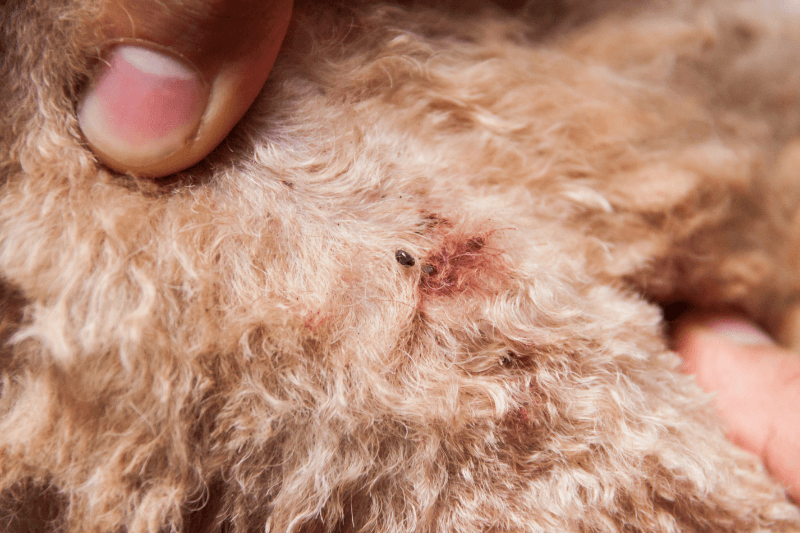
These pests can infest pets and transmit diseases to both animals and humans. They are commonly found in households with pets.
Important Note: We address fleas and ticks on the property, not on dogs. Our focus is treating infested areas for effective control and elimination.
Silverfish

Silverfish are known for damaging paper, books, and fabrics. They prefer humid environments and can be found in bathrooms, basements, and kitchens.
These pests can vary based on geographical location and environmental factors. Proper pest control measures are crucial to managing their populations and preventing their negative impacts on health and property.
If you have pest problems, book our general pest control and termite control services.
What is pest control?
Pest control refers to the management and regulation of pests in order to minimize their negative impact on human health, the environment, and property. It involves various strategies and techniques aimed at preventing, mitigating, or eradicating pest populations. The goal of pest control is to create a balanced and harmonious living environment by effectively managing pests and reducing their potential harm.
What are the common methods used in pest control?
Pest control employs a variety of methods to manage and eliminate pest populations effectively. These methods can be categorized into different approaches, each suited for specific situations and pest types. Here are some common methods used in pest control:
Chemical Methods
-
- Pesticides: Chemical pesticides are formulated to target specific pests. They can be applied as sprays, baits, or dusts. Pesticides work by disrupting pests’ physiological processes, ultimately leading to their death. Different pesticides are designed for different types of pests, and their proper application is crucial to minimize risks to humans, pets, and non-target species.
-
Insect Growth Regulators (IGRs): IGRs interfere with the development of insects, preventing them from reaching maturity or reproducing. This method disrupts the pest’s life cycle and helps control infestations.
Physical Methods
-
-
Traps: Various types of traps are used to capture and remove pests. These include glue traps, snap traps, and live traps. Traps are particularly effective for rodents and insects.
-
Exclusion Techniques: These methods involve sealing entry points to prevent pests from entering buildings. Properly fitted screens, weather stripping, and sealing cracks and gaps are common exclusion methods.
-
Biological Control
-
-
Predators and Parasites: Introducing natural predators or parasites that prey on specific pests can help regulate their populations. For example, ladybugs are often introduced to control aphid populations.
-
Microbial Agents: Certain bacteria, fungi, and viruses can be used as biopesticides to infect and kill pests while minimizing harm to non-target species.
-
Mechanical Methods
-
-
Physical Removal: This involves physically removing pests using methods like vacuuming, sweeping, or hand-picking. This is often used for small infestations or specific pest types.
-
Cultural Practices:
-
- Sanitation: Maintaining proper sanitation and cleanliness can help eliminate food and water sources that attract pests.
-
Crop Rotation: In agriculture, rotating crops can disrupt pest life cycles and reduce their buildup in the soil.
Each pest control method has its advantages and limitations. The choice of method depends on factors such as the type of pest, the severity of the infestation, the environment, and the desired level of intervention. Professional pest control companies often tailor their approach based on these considerations to achieve effective and safe results.
Why do you need pest control?
Pest control is essential for several reasons, as it plays a crucial role in maintaining human health, safety, and overall well-being. Here are some key reasons why pest control is necessary:
Disease Prevention
Many pests are carriers of diseases that can be transmitted to humans. Mosquitoes, for example, can spread diseases like malaria, dengue, and Zika, while rodents can carry pathogens that cause illnesses such as leptospirosis and hantavirus. Effective pest control helps reduce the risk of disease transmission and protects public health.
Food Safety
Pests can contaminate food and food preparation areas with bacteria and pathogens. This contamination can lead to foodborne illnesses and outbreaks, posing a significant threat to both individuals and communities. Proper pest control practices help maintain food safety standards and prevent the spread of diseases through food.
Property Protection
Pests can cause extensive damage to buildings, structures, and property. Termites, for instance, can silently destroy the structural integrity of homes and other wooden structures. Rats and mice can gnaw through electrical wiring and insulation, leading to safety hazards and costly repairs.
Economic Impact
Pest infestations can have significant economic consequences. In agricultural settings, pests can damage crops, resulting in reduced yields and increased production costs. In urban areas, pest-related damage can lead to repair expenses and decreased property values.
Allergies and Asthma
Some pests, such as cockroaches, dust mites, and rodents, can trigger allergies and exacerbate asthma symptoms. Pest allergens can lead to respiratory issues, especially in sensitive individuals.
Mental Well-Being
Living in a pest-infested environment can cause stress, anxiety, and discomfort. Sleep disturbances, fear of infestations, and the constant presence of pests can negatively impact mental well-being and overall quality of life.
Environmental Impact
Pests can disrupt ecosystems and threaten native species. Invasive pests can outcompete native species, leading to imbalances in ecosystems. Effective pest control helps preserve biodiversity and protect natural habitats.
Hygiene and Sanitation
Pests thrive in unsanitary conditions and can further contribute to poor hygiene. Flies, for instance, can transfer bacteria from garbage to food, increasing the risk of contamination.
Public Health Regulations
Many regions have regulations and standards in place that require businesses and residential properties to maintain a certain level of pest control to ensure public health and safety.
Preventive Measures
Regular pest control practices can serve as preventive measures, reducing the likelihood of infestations and minimizing the need for more intensive interventions later.
Overall, pest control is a vital component of maintaining a safe, healthy, and comfortable living environment. By addressing pest issues proactively, individuals and communities can avoid the numerous negative consequences associated with pest infestations.
Conclusion:
This blog topic highlights the vital role pest control plays in ensuring our health, environment, and quality of life. From the nuisances of urban pests to the methods that manage them, we’ve seen that pest control is more than a remedy—it’s a commitment to healthy living.
By understanding pests, embracing effective methods, and partnering with experts like Environet Pest Control, we empower ourselves to create safe and harmonious spaces. Let’s move forward, working together to maintain balance, protect our surroundings, and enjoy the benefits of a pest-free environment.
